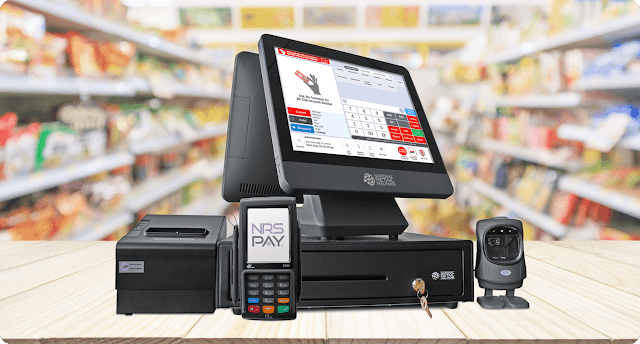Accounting on Basis Cash vs Accrual Accounting
Accounting on Basis Cash vs Accrual Accounting
The key difference between accrual accounting and cash bases is the frequency of the estimation of revenues and expenditure. The cash system was to remember sales and costs almost directly, while the accrual system depends on future revenue and expenses.
Pros and Cons:
Accrual accounting ensures income and costs are identified and reported as they arise, whereas cash basis accounting implies that such line items are not registered before the hands of currency trade.
A cash-based accounting method is simpler, but accrual business accounting provides a more realistic picture of the finances of a small business by incorporating accounts payable and receivable record revenue.
The accrual method is the most commonly used process, especially among publicly listed companies, because it smooths out earnings over time.
Cash and accrual accounting system profits are paid for as received. Income is usually registered before the money switches hands. Unlike the cash approach, anytime a good or service is shipped to a consumer, the accrual system reports sales in the assumption that payment may be compensated in the future. Goods and services costs are reported given the reality that no cash has actually paid out on such expenditures.
Cash basis method and accrual Revenue is reported on the income statement only when cash is received. Expenditures are reported only when cash is paid out. The cash system is utilized mainly for small enterprises and for personal financing.
Key Differences The consistency is the main benefit of the cash method — it simply accounts for cash spent or earned. Monitoring a firm's cash balance using the currency system is often simpler.
Yet a downside to the cash approach is that it can exaggerate a cash-rich business's well being which has vast quantities to accounts to pay taxes that well outweigh the books ' cash and the actual sales stream of the firm. An investor may assume that the business is making a profit when the business is, in reality, losing money.
Meanwhile, the accrual method's drawback is that it covers accounts receivable and payable which, as a result, provides a more reliable representation of a company's productivity, particularly over the long term. The explanation for this is that when received the accrual system reports all income and all costs as sustained.
For example, in the current period, a business might have revenues that will not be reported by the cash system, as income is not projected for the next year. An investor may assume that the company is unprofitable while, in fact, the company is doing well.
The downside of the accrual approach is that it does not control cash flow and, as a result, does not compensate in the near run for a business with a large cash deficit, given the long-term productivity. Another downside to the accrual approach is that applying it may be more difficult as issues such as unearned income and accrued expenditures need to be compensated for.
Different Considerations:
The accrual approach is more commonly used by businesses, particularly publicly listed corporations. Another explanation for the appeal of the accrual approach is that it smoothes earnings over time because it accounts for both sales and expenditures because produced rather than being reported intermittently in the cash-based system. For example, retailers will look incredibly profitable in Q4 using the cash system when shoppers shop during the holiday season but will look unprofitable in Q1 after the holiday rush when customer purchasing declines.
Let's assume you own a business that sells machinery. If you sell equipment costing $5,000, the number will not be reported in the ledger under the cash system before the customer gives you the money or you collect the check. In the accrual process, after the payment is made, the $5,000 is reported as income automatically, even though you collect the money several days or weeks later.
The same is true with investments. If you collect an energy bill for $1,700, the sum will not be credited to the ledger under the cash system before you pay the charge. Under the accrual process, though, the $1,700 is reported the day you collect the bill as an expenditure.
Read more:- What is the business model canvas?



Comments
Post a Comment